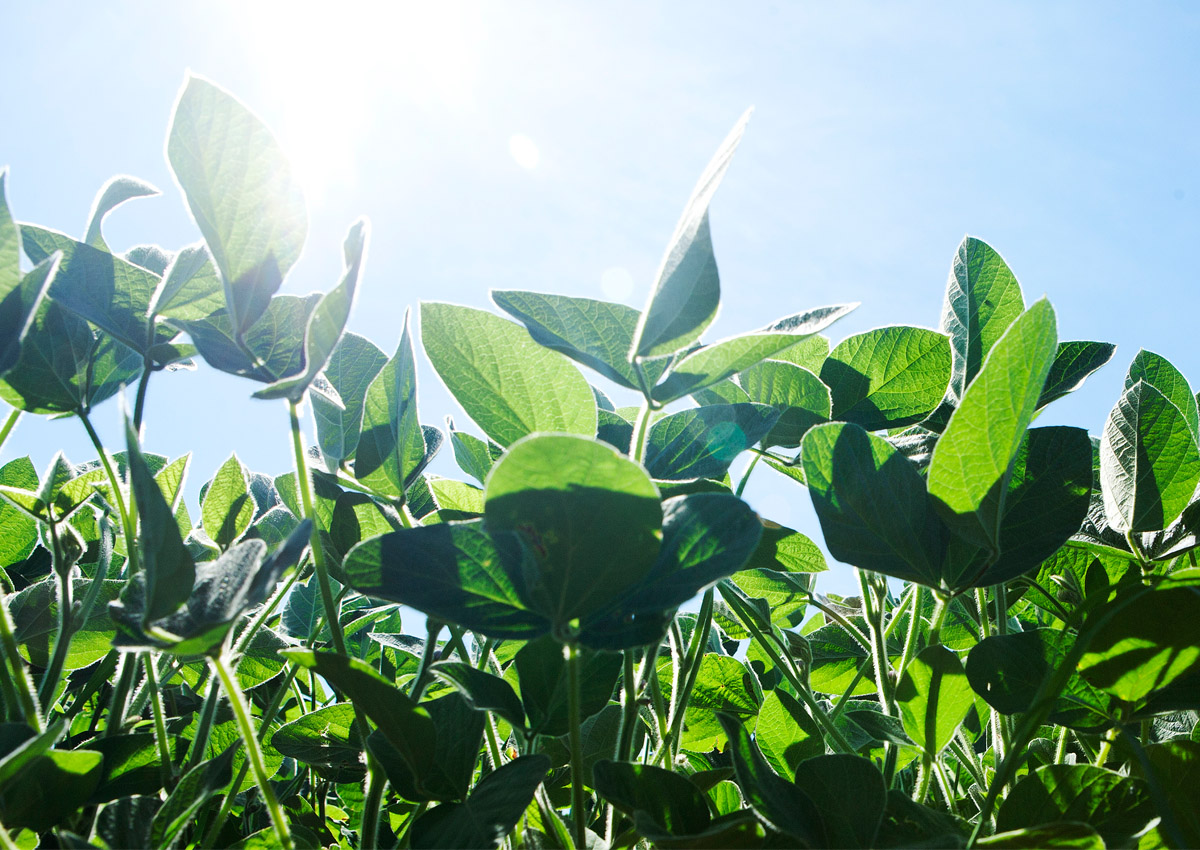
2Blades and Collaborators Release the Annotated Genome Sequence of the Soybean Rust Pathogen
April 12, 2023| |
2Blades Foundation and a group of international collaborators have published the annotated genome sequence of Phakopsora pachyrhizi, the causal agent of Asian soybean rust and one of the most damaging plant pathogens of the past century. The findings are published in Nature Communications.
Earlier in 2019, the group worked on the initial assembly of the P. pachyrhizi genome, but its large size and complexity required more effort to complete the annotation and analysis. A significant challenge with P. pachyrhizi is that it has two nuclei with separate sets of genetic instructions. Each had to be separately determined, which was recently made possible by newer, long-read sequencing technology.
The researchers compared sequences of three geographically distinct P. pachyrhizi genomes and found a number of insights into the pathogen's adaptability and broad host range. One of the key discoveries was that 93% of the P. pachyrhizi genome consists of transposable elements (TEs) or “jumping” DNA that can move around the genome. Most fungi have 10-40% TEs, and the high percentage of TEs in P. pachyrhizi enables greater genetic plasticity. It helps to explain P. pachyrhizi's adaptability to environmental conditions and a range of hosts, making it a formidable threat.
Asian Soybean Rust is present in the soybean-growing areas of Latin America, where 210 million metric tons of soybean are projected to be produced in 2022/23 alone, representing a gross production value of US$115 billion per season. Brazil is the largest producer of soybean, where the cost of managing soybean rust exceeds US$2 billion per year and depends heavily on fungicides.
For more details, read the article on the 2Blades Foundation website.
| |
You might also like:
- 2Blades and Corteva Agriscience Develop Durable Resistance for Asian Soybean Rust
- Plant Experts Tag Team against Asian Soybean Rust
- Researchers Crack Complete Genome of Soybean Rust Pathogen
Biotech Updates is a weekly newsletter of ISAAA, a not-for-profit organization. It is distributed for free to over 22,000 subscribers worldwide to inform them about the key developments in biosciences, especially in biotechnology. Your support will help us in our mission to feed the world with knowledge. You can help by donating as little as $10.
-
See more articles:
-
Plant
- NC State Researchers Assemble Pathogen ‘Tree of Life' with T-BAS Toolkit
- Experts Review Agri Extension Programs for Nigerian Rural Farmers
- Japan Gives Nod to Genome-edited Waxy Maize
- 2Blades and Collaborators Release the Annotated Genome Sequence of the Soybean Rust Pathogen
- USDA APHIS Clears Danforth Center's Genome-Edited Semi-Dwarf Teff
-
Animal
- Pigs Find Relief Against E. coli Infection in Edible Vaccine from GE Tobacco Seeds
-
Food
- Tufts University's Lab-Grown Fat Could Give Cultured Meat Real Flavor and Texture
-
Environment
- Plant-based and Cultured Cell Have the Least Environmental Impact Among Meat Alternatives
-
Read the latest: - Biotech Updates (November 26, 2025)
- Gene Editing Supplement (November 26, 2025)
- Gene Drive Supplement (February 22, 2023)
-
Subscribe to BU: - Share
- Tweet

